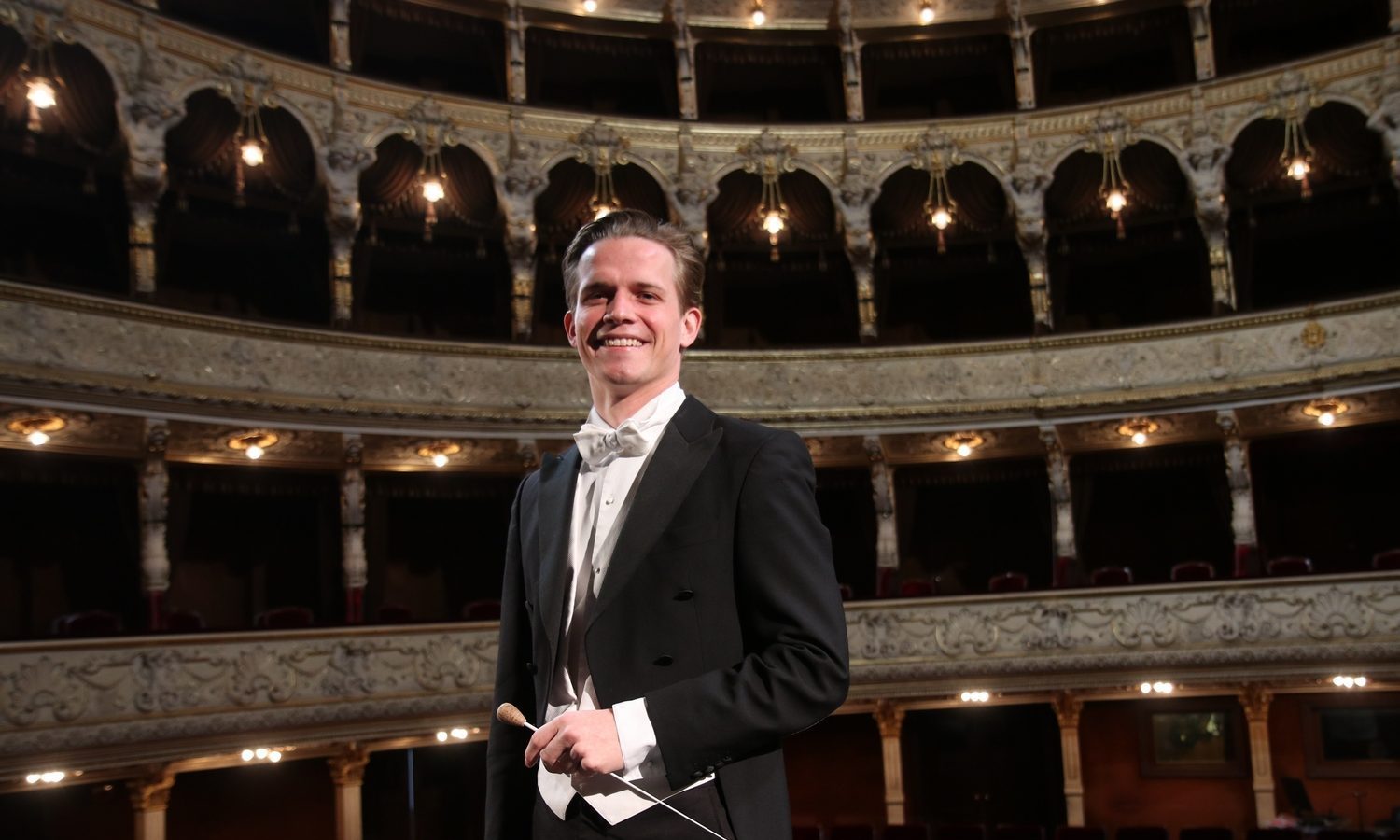If the waltz is the dance of dances, the Blue Danube is the waltz of waltzes. No other piece sums up and exaggerates more the special atmosphere of nostalgia we connect with waltz-music from the 19th century. Already in the very beginning of it’s unprecedented history the Blue Danube was the first musical composition to be called a “hit”. It’s popularity comes not only with this waltz’s beautiful melodies and the comforting spirit of their simplicity. It is also the artistry in composition and instrumentation that ensured the way of this dance into the hearts of everybody. Even Johannes Brahms, one of the most important composers of classical music, referred to the Blue Danube with the words “leider nicht von mir” – “sadly not (composed) by me”.
It was also Brahms who initiated the composition of Dvoràk’s Slavonic Dances. Impressed by the talent of the young composer and determined to help his career, Brahms persuaded his own publisher to order these dances from Dvoràk. The first series (op. 46) was such a massive success that Dvoràk composed a second, more serious number of Slavonic Dances (op.72). The Dance you will hear today is a slow, nostalgic dance from the Lachia in Czech Republic. Not only is it one of the most famous of Dvoràk’s Slavonic Dances, it is also one of the most beautiful and touching.
One of Tchaikovsky’s first contacts with music was a mechanical piano that played Mozart. This initiated his determination to devote his life to music. Mozart remained a god-like subject of adoration throughout the whole life of the great Russian composer. With this Orchestral Suite Tchaikovsky wanted to set a memorial for his idol – in the year of the 100th birthday of his favorite opera “Don Giovanni”. He did this by orchestrating lesser known piano pieces by Mozart (the first two are baroque dances) thus giving these pieces his own coloring without taking away the lightness of the original. An exception is the third movement “Preghiera” in which Tchaikovsky chose a rather romantic way to set Mozart’s “Ave verum corpus” in a new light.
Whereas the first half of the program dealt with nostalgia, the beauty of the past and looking back, Beethoven’s 7th Symphony is about departure and a fresh-start. First performed right after the Wars of Liberation against Napoleon in 1813, this music strikes us with it’s energetic atmosphere and a sense of relief. The symphony is dominated by rhythm and forwardness thereby moving us in a similar way as dances do. It was Wagner who labeled this piece as the “apotheosis of dance”.
With this one of the best symphonies of all time we celebrate the 250th anniversary of Beethoven and direct our gaze with positivity towards a new year.

